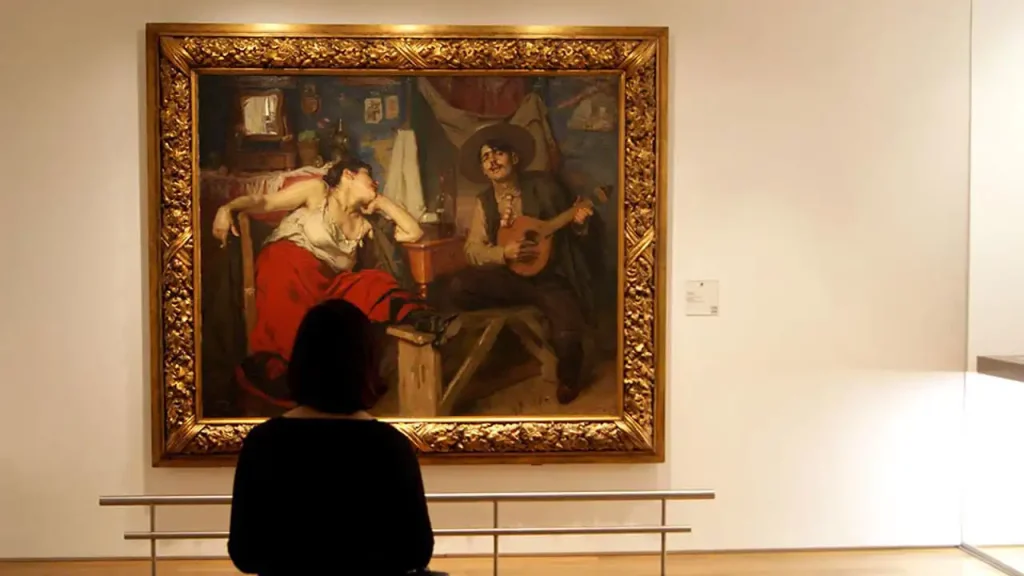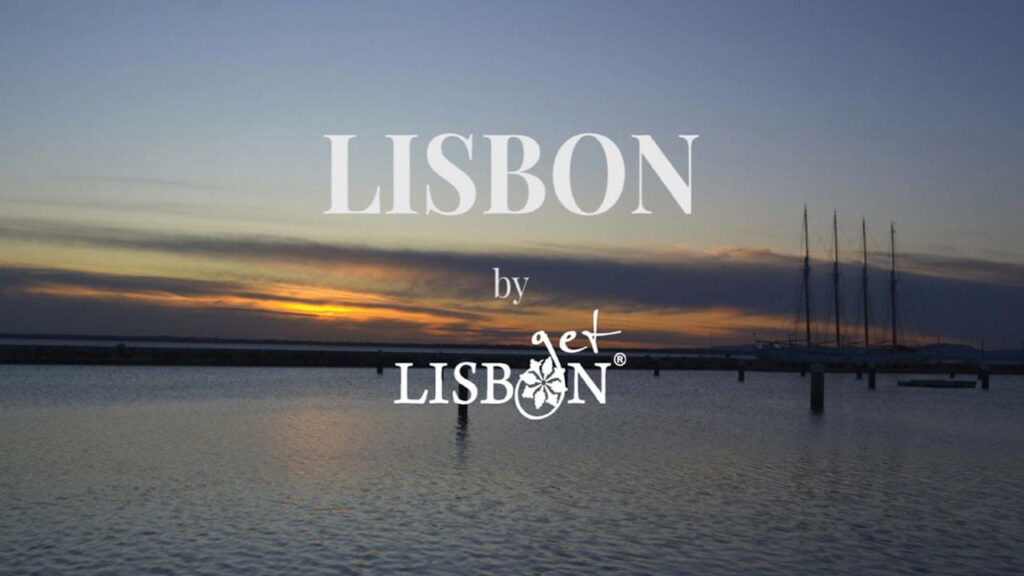Original article published on 1 July 2020
If you think the Fado Museum is an old space where only distant memories are kept, you’re very wrong! Accept our challenge to get to know a dynamic museum, where history is exalted and where every day the universe of Fado and the Portuguese guitar are experienced and celebrated.
We suggest you (re)read our article Fado, a Sonority of Lisbon, where you can get a grasp of our idea about this anthem of the emotions of the Portuguese and the locals of Lisbon.
Fado Museum

Open to the public since September 25, 1998, the Fado Museum has since then carried out the mission of disseminating the knowledge about this unique musical form of expression.
With its different activities it seeks to preserve, conserve, research, interpret, promote and disclose the universe of fado and the Portuguese guitar.
The Fado Museum celebrates this cultural patrimony of Lisbon and of the Portuguese people in the old facilities of a water pumping station in the heart of the neighbourhood Alfama, in Chafariz de Dentro Square.
It is constituted by two floors of permanent exhibitions plus one dedicated to temporary exhibitions, the shop and a restaurant. These spaces make up a pleasant place where we can not only see the exhibitions that tell us so many stories, but also listen to the sonorities through audio guides that allow us to listen to fado interprets of yesterday and today.

Throughout the museum you’ll get to know the history of fado from its genesis to the present. Plus its shift from popular street music, first to theatre and then to the radio, cinema and tv…
The colourfulness of the vinyl record covers, the black and white of the old films, the weight of censorship, the big names of the emblematic interprets and an important collection of art pieces, plus the technical evolution of the Portuguese guitar are many of the things you can retain from the visit.
As well as the impressive window from where we can see the hillside of Alfama and so many elements featured in the lyrics of fados, such as: the Chafariz de Dentro, Rua dos Remédios, and the Santo Estevão Church…


Material Evidence of Immateriality

The collection of the Fado Museum grows every day with donations of material evidence of this tradition, an ephemeral musical form of expression that since 2011 has become an Intangible Cultural Heritage of Humanity.
A collection that gathers photos, posters, sheet music, phonograms, costumes, awards and miscellaneous documentation and that testimonies, illustrates and tells the story of the particular world of Fado.
This is evidence left by their protagonists: interprets, authors, composers, instrument makers, researchers, theorists, artists… Personalities that in one way or another are connected to the universe of fado and that insist on being part of its story by sharing their collection with this institution and its public.
By purchasing your tickets here you are supporting the getLISBON project.
The Fado of Malhoa
In the midst of such a varied collection there are many art pieces by artists of different times that were connected to fado.
Among other paintings, we can find the magnificent painting by the naturalist painter José Malhoa (1855-1933), O Fado, that we’ve picked for this article’s cover.
This is a painting from 1910 that needs no introduction but that contains so many curious stories. There’s nothing like a guided tour to get to know many of the particularities of this art piece.
We’ll share with you just two:
Malhoa wanted to portray two real personalities, Amâncio and Adelaide, two famous outlaws – meaning the same as fadistas (fado singers) at the time – from the neighbourhood of Mouraria.
Adelaide had many tattoos but it was suggested to the painter that he omitted them, seeing that the painting was outrageous enough. Malhoa followed the advice and decided to only include an almost imperceptible mark on her right hand that reveals that Adelaide had been imprisoned in the past…
As expected, the painting wasn’t welcomed by the national criticism, as this theme was considered to be minor and marginal and therefore not worthy of being portrayed.
The painting was then exhibited abroad always successfully. First in 1910 in the Centennial International Exhibition of Fine Arts of the Argentine Republic in Buenos Aires, where it was awarded the Gold Medal. And later in Paris, Liverpool and in 1915 in San Francisco, where it was once again an award-winning piece.
After being acclaimed abroad it was finally exhibited in Lisbon, in 1917, in the 14th Exhibition of the National Society of Fine Arts. It was then acquired by the City Council of Lisbon and placed in its Noble Hall until it was transferred to the then Museum of the City, the current Museum of Lisbon. Today it is, and very well, on loan to the Fado Museum.
| Never miss another article | Subscribe here |
Dynamism and Diversity of Valencies in the Fado Museum

Fado is a living organism in constant mutation. An immaterial patrimony in constant development. New artists correspond to new interpretations and new experiences.
The Fado Museum is dynamic, just like the patrimony it protects. This dynamism is present in the diversity of valencies it promotes. There’s a variety of activities from the regular temporary exhibitions that make us keep coming back, to the seminars, workshops, record and book launches, concerts, and guided tours…
For this it counts on a 90-seat auditorium, as well as on a school operating since 2002. Its pedagogic programme includes Courses on Portuguese Guitar, Seminars for Fado Lyric Writers, Seminars on Fado Poetry and a Rehearsal Room for Fado Interpreters.

This museum is mostly frequented by foreigners rather than by locals, which leads us to think that we many times continue to undervalue the particularities that define our people and that are what usually attracts those who visit us.
The national public needs to accept the challenge of leaving their comfort zone and go to the numerous museums and institutions that work everyday with enthusiasm and professionalism to preserve our national patrimony and culture.
Check out the museum’s programme and be dazzled. We assure you you’ll be making the most of your time.
The project getLISBON has been very rewarding and we want to continue revealing the singularities of fascinating Lisbon.
Help us keep this project alive!
By using these links to make your reservations you’ll be supporting us. With no extra costs!
• Looking for a different experience? We can create a customised itinerary based on your interests. Contact us!
• Or if you prefer tours and other activities in various destinations, take a look at GetYourGuide.
• Save time and money with a flexible Lisbon Card!




